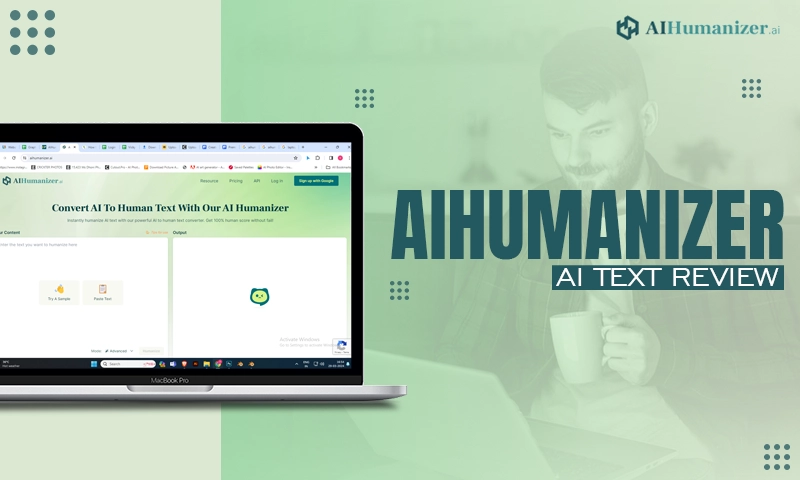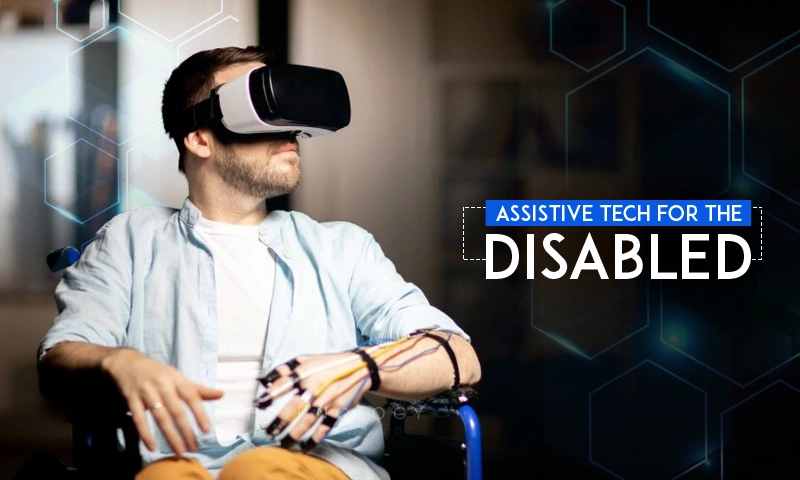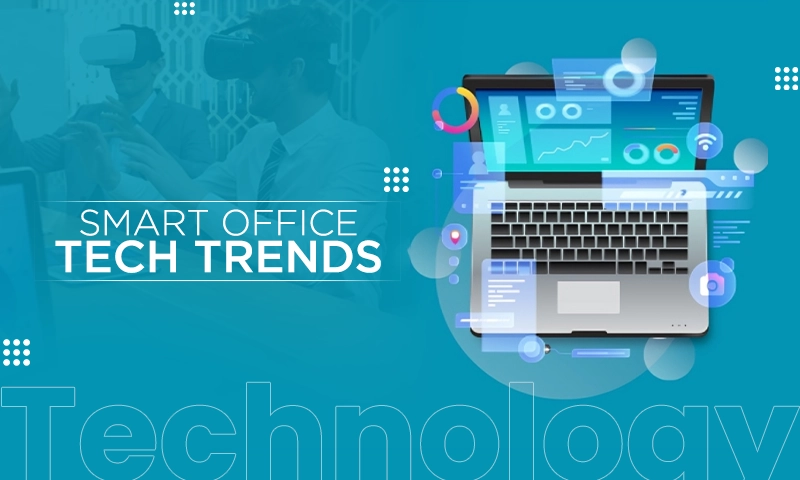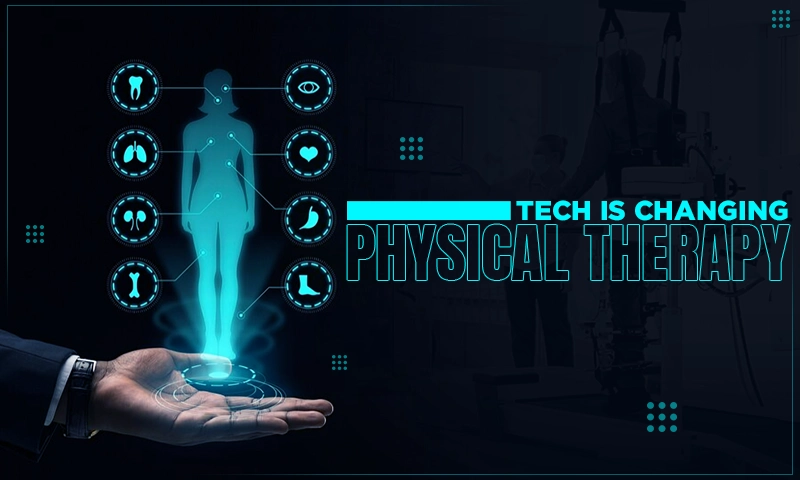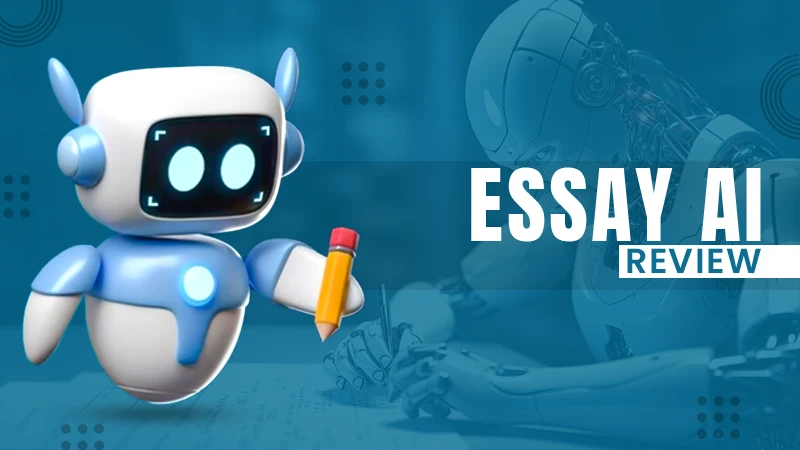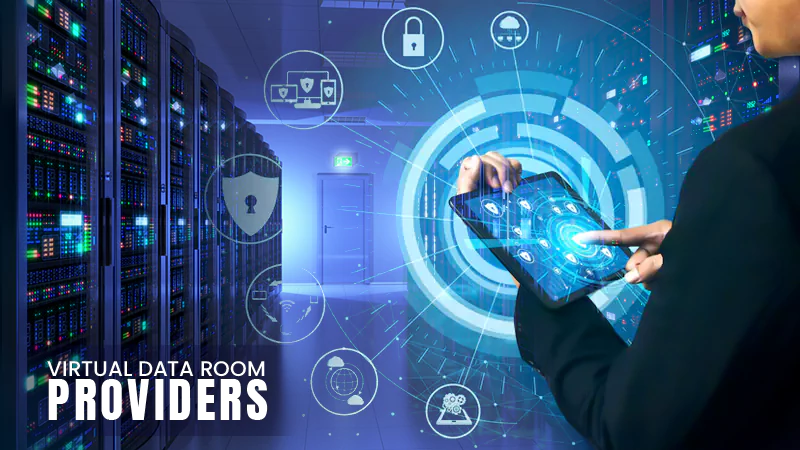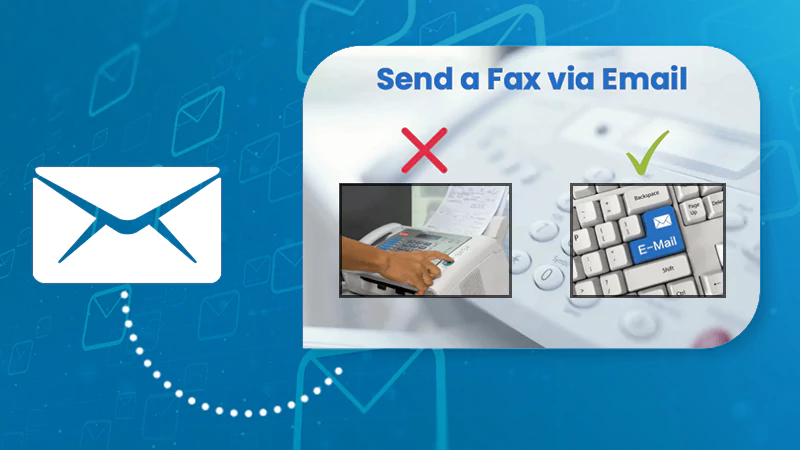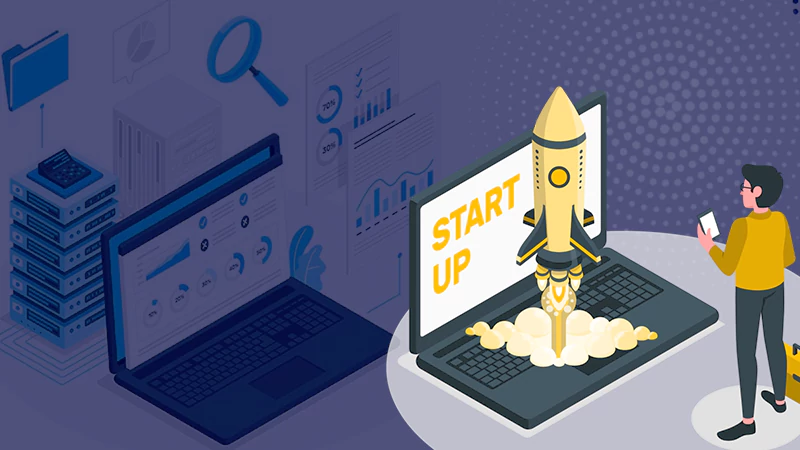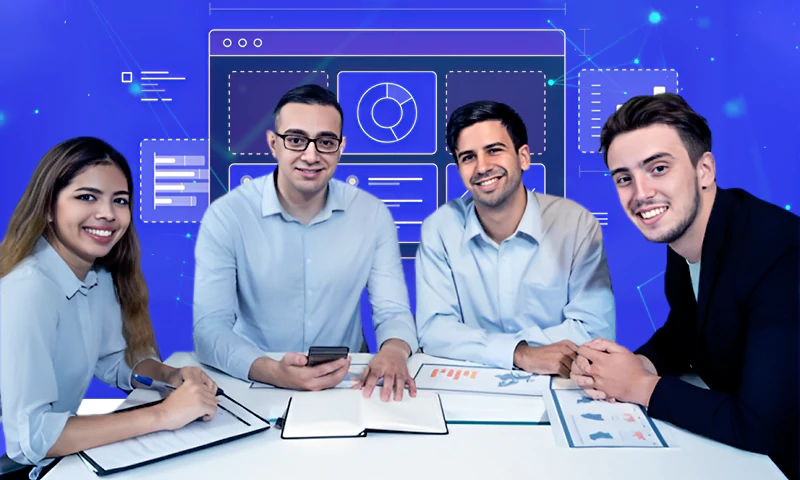How Technology Helps Child Care Centres’ Functionality
With the increasing dominance of technology, it has become a primary factor in almost every aspect of our lives, including child care.
Technological innovation in the childcare sector helps in the healthy development of children. Child care centers embrace technological advancement for better learning of kids.
In addition, it has completely changed the way children grow up learning necessary skills in different stages of life. It is equally beneficial for parents as child care centers address the concerns related to safety and stay connected with the parents during kid growth.
In this article, we will talk comprehensively about the best innovations in technology that help child care centres operate smoothly.
It provides seamless communication with parents to efficient digital administration management solutions, child care centers become organized and much safer.
Improved Communication with Parents
Technology has significantly filled the communication gap between parents and childcare providers. Today, we have numerous apps that allow parents to be constantly updated and informed about any emergencies or news promptly without any delays.
Earlier, childcare providers printed all the notes or needed to see parents in person to notify them of any administrative or other changes.
Do you know?
A child’s brain grows exceptionally fast until the age of 5 and then slows down.
Nowadays, they simply send a message in the group chat if something concerns all the parents, or they can message each parent individually.
On top of that, parents can now receive videos and photo updates via parental engagement apps and avoid that feeling of not being present in their child’s development.
Caregivers and parents will then form a much stronger bond thanks to the real-time connection offered by tech improvements.
More Efficient Administrative Management
Believe it or not, childcare providers are often more occupied with administrative duties than with kids. If their working hours with kids end at 5 pm, they often have to stay an extra few hours later to finish all the paperwork.
The below graph represents the growing market size of U.S. child care.
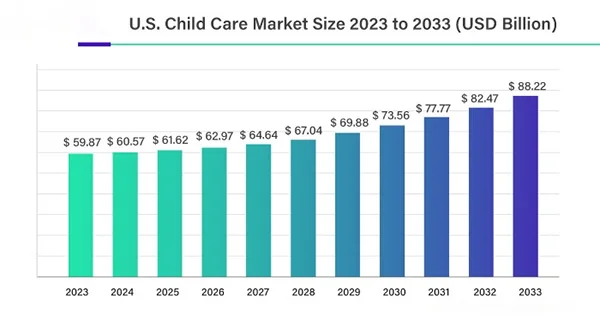
Fortunately, thanks to child care management software, those tasks have been automated. From enrollment to attendance tracking and billing, childcare management software streamlines operations for staff and parents alike.
Consequently, digital solutions give educators more time to focus on quality interactions with kids, ensuring precise record-keeping and financial management.
Personalized Learning Experiences
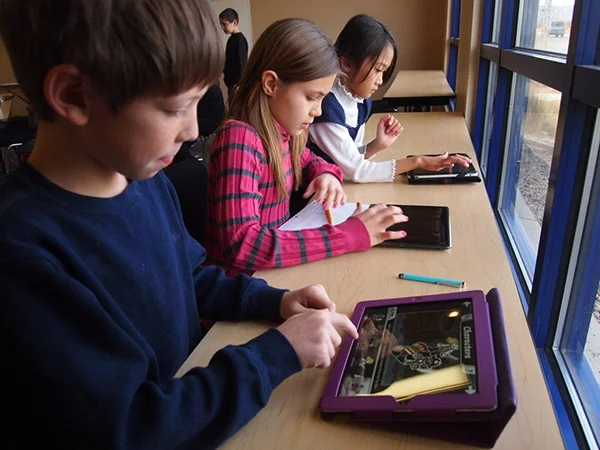
Educational apps and interactive whiteboards are just some of the many examples of the way technology integrates seamlessly into lesson plans. Interactive screens and SMART Boards make the learning experience more modern and fun for everyone.
Children can “write” on the screen, improving their fine motor skills development and creating an understanding of language. With them, learning becomes more dynamic and enjoyable, leaving the children engaged and motivated instead of bored and disinterested.
They can enjoy fun math games, matching games, or recognizing words. Adaptive learning platforms successfully assess kids’ progress and create activities accordingly, guaranteeing each child receives personalized attention and support.
That way, teachers minimize the risk of ineffective teaching methods and offer each kid what they need.
Safety and Security Measures
The more time passes, the more we need to think about increasing our safety and security at home and outside. In childcare facilities, one can never be too safe, which is why child care centres constantly look for innovations.
Do you know?
The global child daycare services market is expected to increase by about $110 billion from 2021 to 2025.
Fortunately, technology allowed us to have peace of mind and implement safety features into each facility. One of those features is a surveillance system with live video monitoring.
It enables staff to keep a watchful eye on children without invading anyone’s privacy. Likewise, we have electronic check-in systems with biometric or RFID technology, which enhance security by tracking attendance and restricting access to authorized individuals only.
Development tracking
Thanks to childcare software, teachers can now easily track kids’ developmental milestones with digital journals. Instead of using paper records, digital journals make the entire process quicker and easier to document and track everything kids are learning throughout the year.
Also, the journal is easy to share with parents, so they can always know at which level is their kid’s development. It also allows centers to send quarterly and annual reports to help parents understand what their child is learning.
Health Monitoring and Wellness
Did you know that childcare providers can now monitor children’s health and well-being, allowing them to address any concerns as soon as they notice them?
Kids can wear devices equipped with sensors so that care providers can track vital signs, sleep patterns, and activity levels. That gives the providers valuable insights into a kid’s overall health.
Similarly, digital health records offer easy access to medical history and immunization records, ensuring quick interventions and preventive care measures.
Knowing their child’s sleeping patterns and vital signs when they’re outside the home also gives parents a better understanding of their kid’s mental and physical health, which can further help in case of any emotional struggles or mental health issues.
Professional Development for Educators
Educational development never ends for care providers. They need to be aware of the newest educational methods and trends, which is today much easier thanks to technological advancements.
A myriad of online training platforms and webinars are there to offer convenient learning strategies and easier training to care providers. Unlike before when they needed to travel to lectures, today, they acquire new skills and knowledge from anywhere at any time.
Virtual workshops and peer-to-peer networks encourage collaboration and knowledge sharing among childcare professionals, fostering a culture of continuous learning.
Inclusive Education and Accessibility
Technology promotes inclusivity and accessibility in child care centers by providing accommodations for kids with different learning needs and abilities.
Speech-to-text software, communication boards, and sensory equipment enable children with disabilities to participate in classroom activities alongside other kids.
Digital education resources offer customizable settings and adaptive features to accommodate individual preferences and learning styles. That way, every kid has equal access to educational opportunities.
Final Thoughts
Technology is revolutionizing childcare centers in more ways than one. Through enhancing communication, streamlining operations, personalizing learning experiences, ensuring safety, promoting wellness, facilitating professional development, empowering parents, and fostering environmental sustainability, technology is making our every day easier and more efficient.
By embracing innovative technologies, childcare centers can create more nurturing environments where children thrive and families feel at ease. As technology continues to evolve, so does its potential to shape the future of child care. With it, we’re guaranteed brighter prospects for generations to come.
Share





